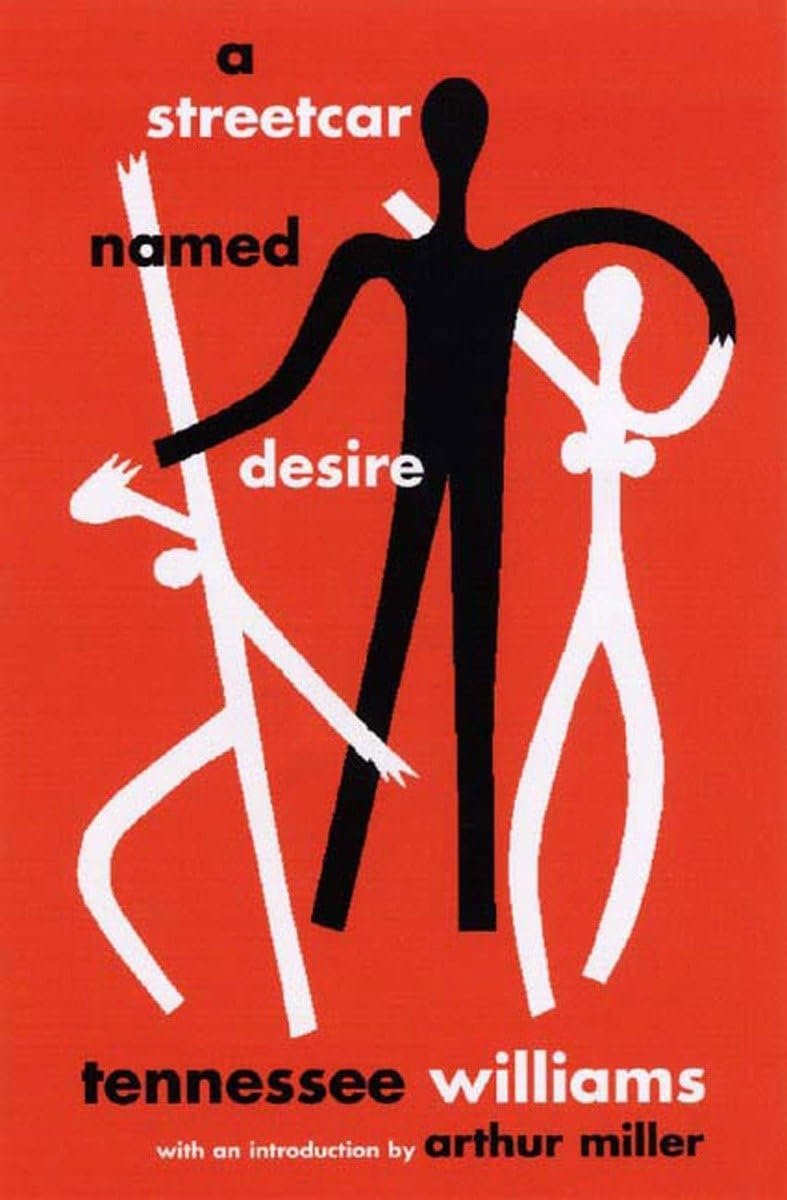Review of A Streetcar Named Desire (New Directions Paperbook)
When I first encountered Tennessee Williams’ A Streetcar Named Desire, I was instantly drawn in—not just by its iconic status in American theater, but by the haunting depth and complexity of its characters. As I turned the pages of this reissued edition with Arthur Miller’s insightful introduction, I felt like I was boarding a streetcar bound for uncharted emotional territory, where the themes of desire, despair, and fragility clashed in a symphony of human experience.
The brilliance of Williams lies in his ability to flesh out raw, multifaceted characters who grapple with their own delusions while navigating the harsh realities of life. At the heart of the story is Blanche DuBois, a woman whose past is as disheveled as the delicate orbs of light she clings to. Her vulnerability, contrasted against the earthiness of Stanley Kowalski, creates a dynamic tension that drives the narrative forward. These two characters represent two worlds—one, a romanticized vision of gentility, the other, the brutal truth of survival. The collision is as riveting as it is tragic, leaving readers with a bittersweet taste of life’s complexities.
Williams’ writing style is nothing short of poetic, and it’s particularly evident in his dialogue. The conversational exchanges in A Streetcar Named Desire have a rhythm that feels almost musical, lending an air of authenticity to the characters’ voices. I found myself captivated by lines that wove together feelings of longing and despair, making me reflect on my own experiences. The stark reality of Stanley’s raw masculinity juxtaposed against Blanche’s fragile desperation resonated with me deeply, stirring up a plethora of emotions each time I revisited their tumultuous interactions.
One of the standout elements of Miller’s introduction is his acknowledgment of Williams’ unique capacity to capture the ‘poetic truth’ behind his characters’ anguished states. He observes that “In their moments of intense conflict, they reveal profound truths about human nature.” This reflection allowed me to appreciate Williams’ dialogue even more as I delved into the drama; each word is a carefully chosen brushstroke on the canvas of their tumultuous lives.
There’s a certain weight to this edition that adds to its significance—the inclusion of Williams’ essay "The World I Live In" provides insight into the author’s mind, enriching the reading experience. As I tucked into that essay, I felt more connected to Williams, as though I was privy to the thoughts that shaped the very fabric of his characters.
For anyone new to the world of classic theater, A Streetcar Named Desire is a must-read. It’s a play that doesn’t shy away from the messy intricacies of human emotion and relationships. Even after more than half a century, its relevance rings true, making it a timeless exploration of desire versus reality. I found this reissued edition not just a profound reading experience, but a catalyst for introspection about the fragile nature of dreams and desires that many of us grapple with daily.
In conclusion, whether you’re a theater aficionado or a newcomer to Williams’ powerful world, this edition will resonate with you. It’s a striking reminder of the universal struggles we face and the profound connections we seek. It left me pondering long after I closed the book, a testament to Williams’ talent for crafting stories that linger in the heart. If you’re ready for a deep dive into the intricacies of human emotion, A Streetcar Named Desire is your ticket.
You can find A Streetcar Named Desire (New Directions Paperbook) here >>







